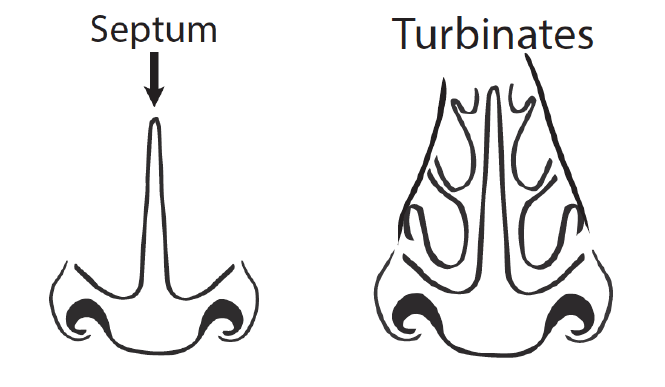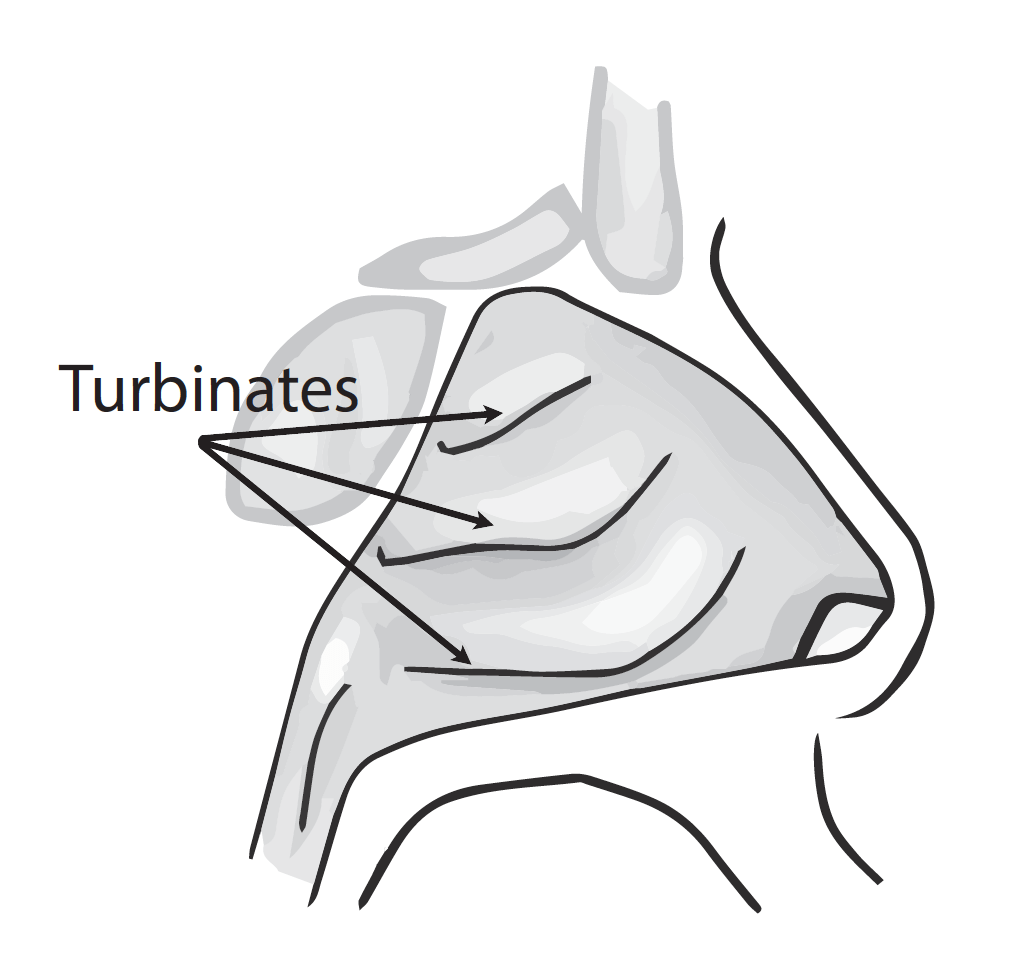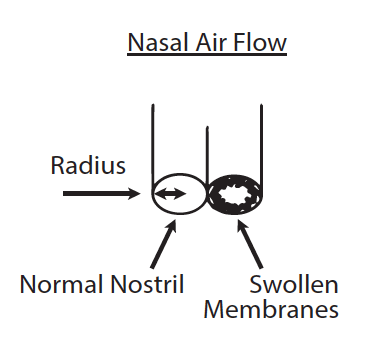There are many nasal irritants in our world: smoke (fires and cigarettes), allergens, pollution, infectious particles (virus, bacteria, fungus) and excessive mucus. Amazing things happen immediately after one is exposed to irritants.

First, those rolls of tissues (turbinates) swell. Increased mucus production occurs. The mucus gets thicker and stickier. The filtering hairs (cilia) become clogged. As a result, all the normal drainage systems fail to function. Excessive mucus drips down the throat. There is a decrease in our ability to smell, taste, or hear. We may notice increased sinus pressure, headaches, bad breath or decreased exercise tolerance. Symptoms of chronically obstructed drainage include fatigue, poor appetite, decreased ability to concentrate and even bloody noses.

Irritants are not the only cause of nasal congestion. Air that is cold or dry can also cause congestion of your nasal passages. The congestion slows the airflow to ensure that your lungs receive warm and moist air. And while this reaction may help protect your lungs, the resulting congestion is not pleasant.
The nasal opening, with its general rounded shape, follows basic laws of physics. Any decrease in the radius decreases the actual amount of airflow enormously. In practical terms, a tiny amount of swelling in the nasal passages can result in significant discomfort. The turbinates’ tissue folds increase surface area so more of the inhaled air can be conditioned.

